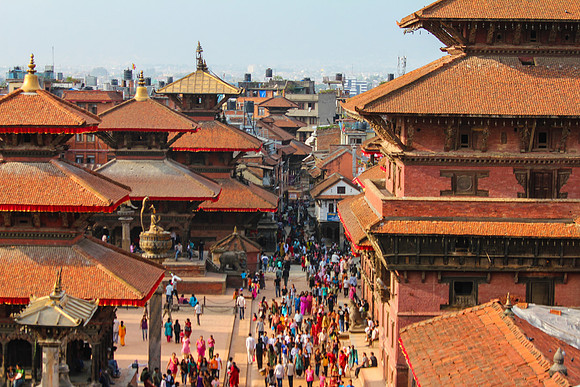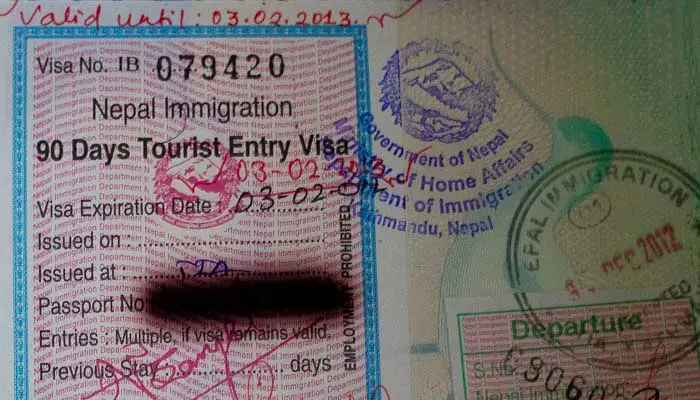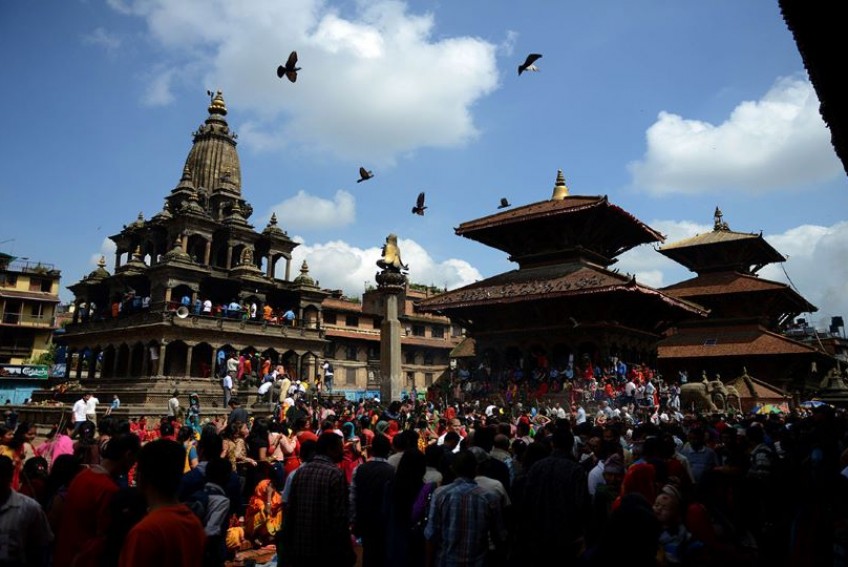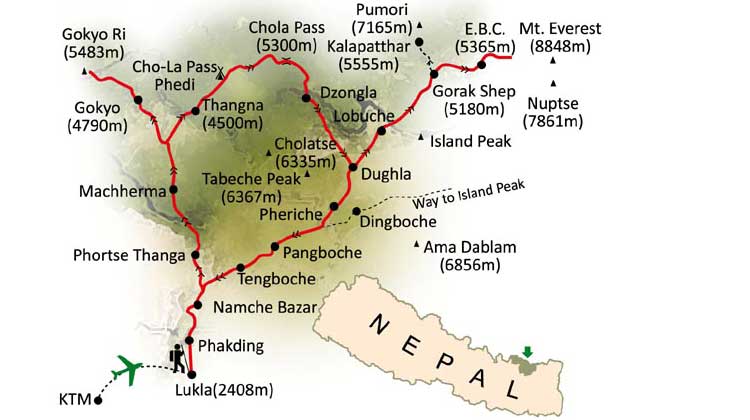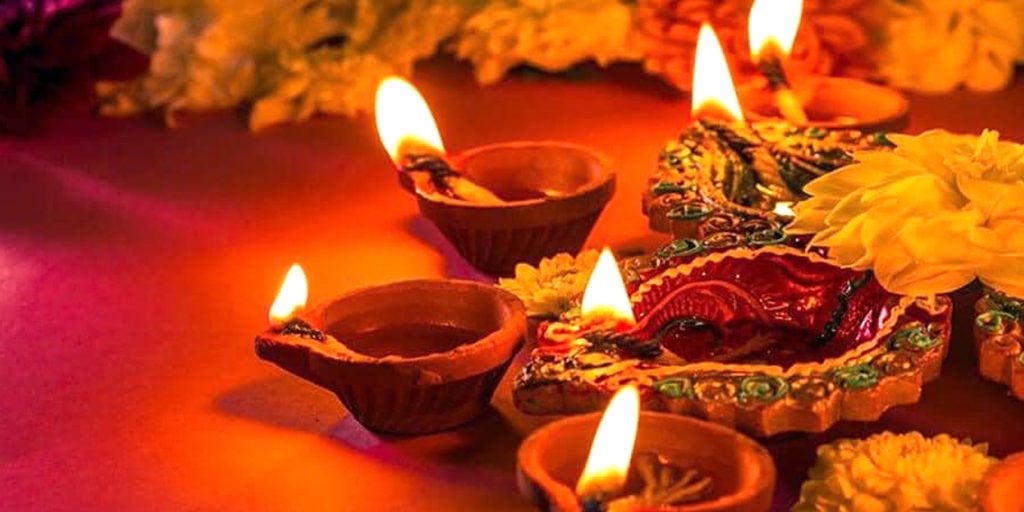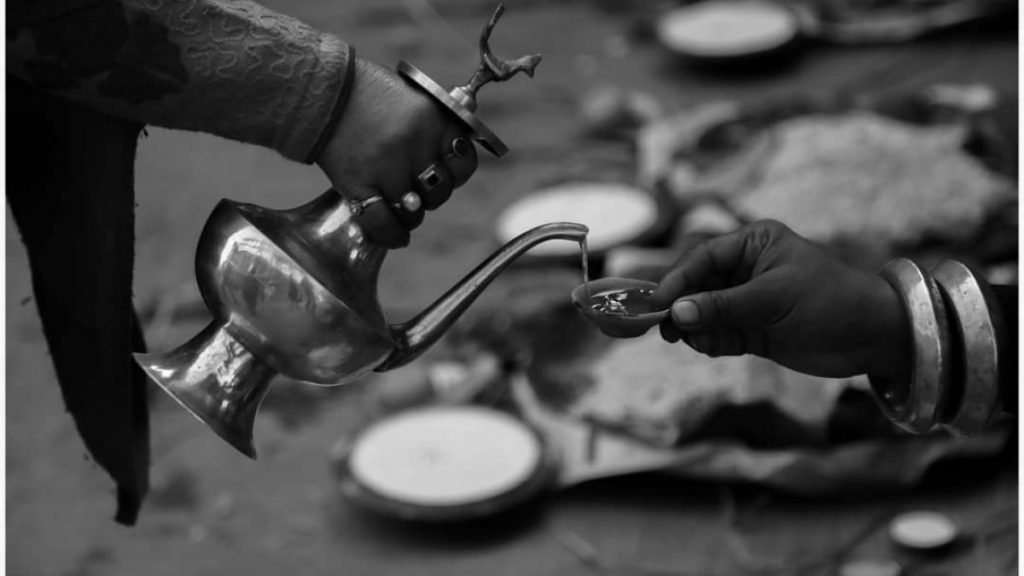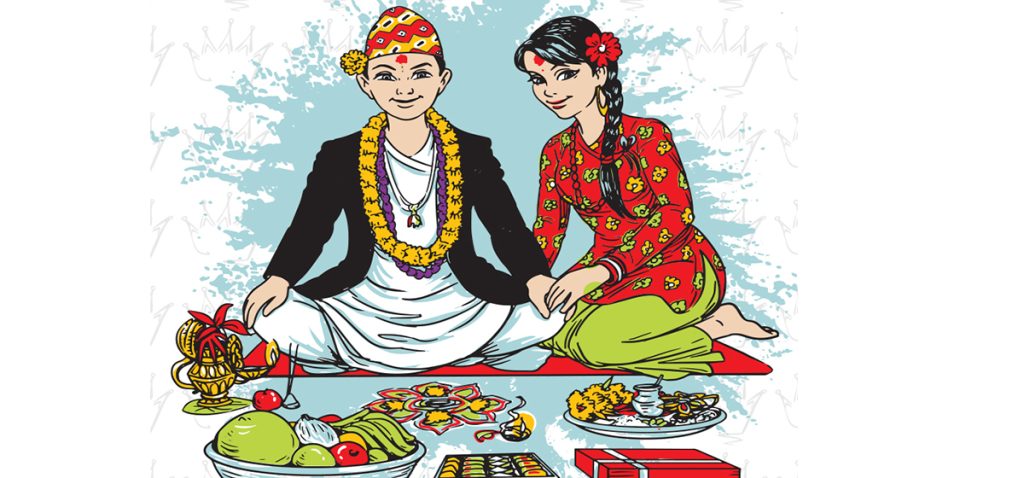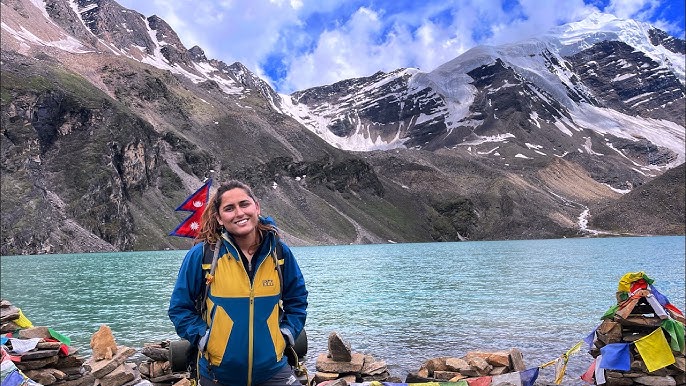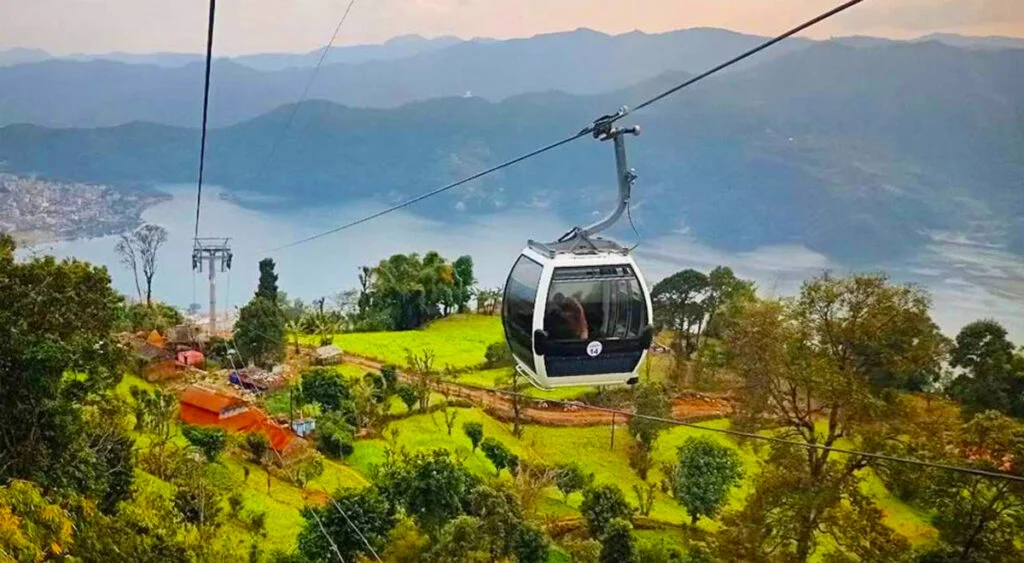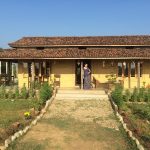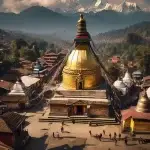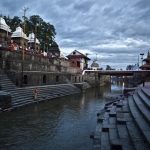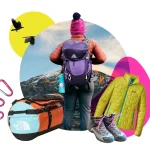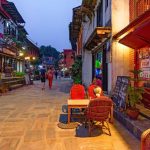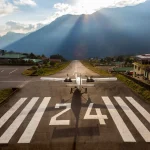Now Reading: Best Time to Visit Nepal (Month‑by‑Month Guide for Trekkers & Backpackers)
-
01
Best Time to Visit Nepal (Month‑by‑Month Guide for Trekkers & Backpackers)
Best Time to Visit Nepal (Month‑by‑Month Guide for Trekkers & Backpackers)
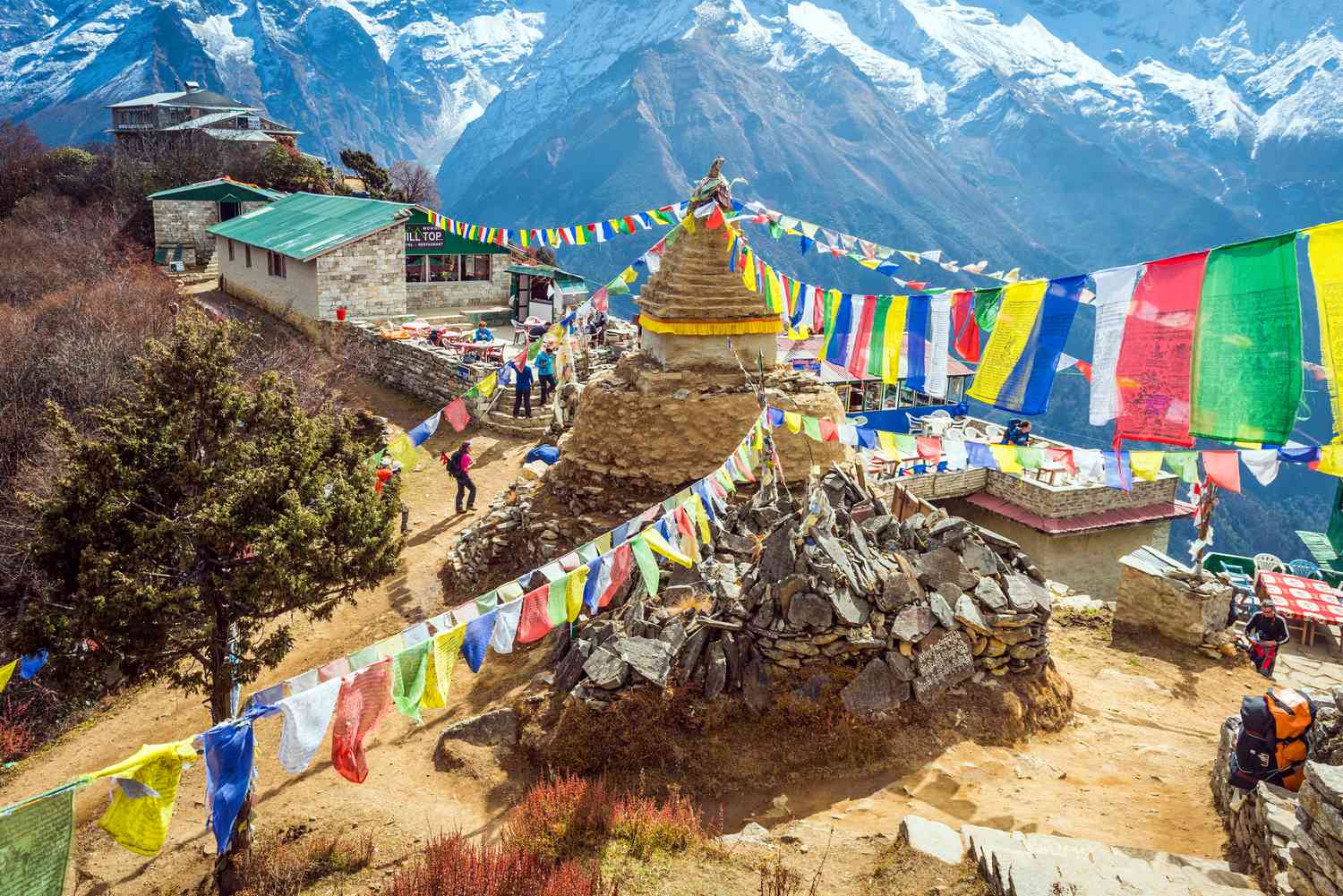
Why timing matters
Nepal looks different in every season. Autumn brings the clearest big‑mountain views, spring is warm and full of flowers, winter is quiet and budget‑friendly, and the monsoon has its own magic in rain‑shadow regions. Picking the right month will save you money, avoid flight delays, and line up your plan with the weather you want.
Quick snapshot
- Autumn (Sep–Nov): Dry, clear skies, peak trekking season. Great for Everest Base Camp, Annapurna Circuit, Langtang. Busy trails and higher prices—book early.
- Spring (Mar–May): Warm days and rhododendrons in bloom. Excellent for Annapurna Base Camp, Poon Hill, Mardi Himal. Some afternoons cloud over.
- Winter (Dec–Feb): Cold at altitude, crisp views, quiet trails, best city prices. Lower‑elevation hikes shine; high passes can be icy.
- Monsoon (Jun–Aug): Wet in most regions. Best for Upper Mustang and Dolpo (rain‑shadow), plus culture trips. Expect slick trails and leeches below ~2,000 m.
Month‑by‑month tips
January – Coldest month. Brilliant morning views with short daylight. Great for Kathmandu museums, Patan crafts, Pokhara cafés and lakeside walks. If hiking, pick lower routes (Shivapuri, Namobuddha). Pack a warm jacket, beanie, and gloves.
February – Still cool but climbing. Forest paths dry out. Lower treks like Poon Hill and Ghorepani are comfortable. Accommodation is quiet, so bargains are common.
March – Spring starts. Rhododendrons burst into colour in the middle hills. Stable trekking weather on most classic routes; snow lingers high.
April – Arguably the best overall month. Long daylight, buzzing tea houses, dependable domestic flights. It’s busy—reserve your bed on popular trails.
May – Warmer and hazier down low; still very good higher up. Afternoon showers can happen. Great for Mardi Himal ridges and Langtang after the thaw.
June – Monsoon arrives from the south. Flights can be delayed, and leeches love lush forests. Choose rain‑shadow adventures like Upper Mustang or focus on city food tours and workshops.
July – Peak rain for much of the country. Go slow, carry a pack liner, and plan extra time. City sightseeing works well between showers.
August – Late‑monsoon. Sun breaks are more frequent, and greenery is at its best. Photographers love the clean, washed light after rain.
September – Rains fade, views sharpen, temperatures feel perfect. It’s a top month for almost any trek; book early.
October – Prime time. Clear, cool, and festive (Dashain, Tihar). Lodges fill fast; build buffer days for popular flights like Lukla.
November – Still outstanding. Nights are colder, days bright. If you prefer fewer crowds and classic views, this is a sweet spot.
December – Quiet and great value. Lower routes and city breaks shine. Expect snow and ice up high; carry microspikes if you must cross a pass.
Best routes by season (at a glance)
- Autumn: Everest Base Camp, Annapurna Circuit, Manaslu Circuit, Langtang.
- Spring: Annapurna Base Camp, Poon Hill, Mardi Himal, Helambu.
- Winter: Lower Annapurna villages, Shivapuri day hikes, Kathmandu Valley rim trails.
- Monsoon: Upper Mustang, Dolpo, Kathmandu & Pokhara culture‑first trips.
Festival highlights to consider
- Holi (Mar): Colourful spring festival—fun in cities.
- Teej (Aug/Sep): Women’s festival with songs and red saris.
- Dashain & Tihar (Oct/Nov): Biggest festivals—expect busy transport, glowing lights, and family gatherings.
Packing by season
- Autumn: Base layers, light down jacket, rain shell, warm hat/gloves, sun hat, sunglasses.
- Spring: Versatile layers, sun protection, leech socks for low forests, pack cover.
- Winter: Heavier insulation, thick socks, warm sleepwear, a 4‑season sleeping bag if trekking high.
- Monsoon: Waterproof jacket/trousers, quick‑dry shirts, pack liner, spare socks, light sandals.
Budget & crowd control
- Travel shoulder months (late Feb–Mar, Nov–Dec) for cheaper rooms and more flexible itineraries.
- In cities, many backpackers manage on £20–35/day; on treks allow £25–45/day depending on route and appetite.
- Book Lukla flights well ahead in Oct–Nov and Apr.
Simple planning checklist
- Pick your month based on the route you want and your cold tolerance.
- If trekking, sort permits and a licensed guide with a registered agency.
- Reserve domestic flights and first‑night lodging.
- Carry some cash for remote tea houses—ATMs thin out beyond trail hubs.
- Leave room for buffer days in peak seasons.
Extra planning notes
- Wildlife windows: For Chitwan and Bardia safaris, Feb–Apr and Nov–Dec bring drier grass and better sightings.
- Allergies & air quality: Spring pollen and winter dust can bother some travelers; carry a light mask.
- Photography: Autumn and winter give the sharpest mountain horizons; the monsoon offers dramatic clouds and lush greens.

